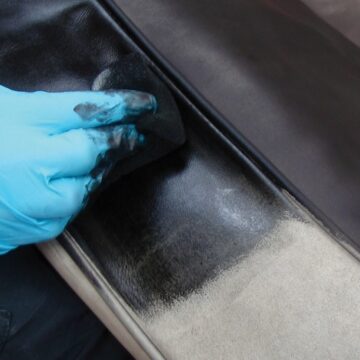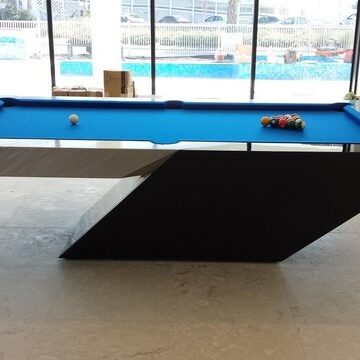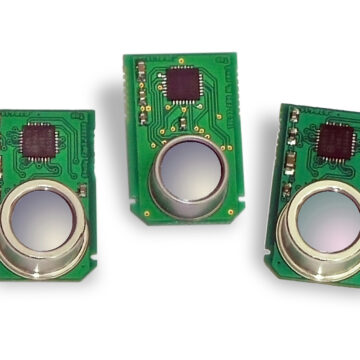Tennis training refers to the physical and mental preparation that tennis players undertake in order to improve their performance on the court. This includes various activities such as strength and conditioning exercises, training to improve technique and tactical awareness, and practice matches. Tennis training may also include activities such as visualization and goal-setting to help players develop the mental skills necessary to compete at a high level.
Here is must-have tennis training equipment.
Tennis ball machine
A tennis ball machine is a device that automatically shoots tennis balls to a designated location on the court. This can be a useful tennis training tool for practicing your strokes and footwork, as it allows you to focus on your technique without needing a hitting partner. Tennis ball machines can also be adjusted to shoot balls at different speeds, heights, and spins, providing a more varied practice experience.
A hitting partner
A hitting partner is another great tool for improving your tennis skills. Having someone to hit with allows you to practice your strokes, footwork, and strategy in a game-like setting. A hitting partner can also give you immediate feedback on your technique and help you identify areas of your game that need improvement.
Playing with a hitting partner also provides an opportunity to practice your consistency and your ability to adapt to different playing styles and strategies. It’s also a great way to work on your mental toughness and get used to the pressure of playing in a match.
Vibration dampener
A vibration dampener is a small device placed inside a tennis racket’s strings to reduce the vibrations and shock felt by the player when hitting the ball. Vibration dampeners come in various shapes and sizes, typically made from rubber or silicone. They are placed inside the racket strings between the main and cross strings.
Vibration dampeners work by absorbing some of the energy from the impact of the ball on the racket strings, reducing the amount of vibration transmitted to the player’s hand. This can help reduce the risk of tennis elbow and other hand and arm injuries and improve the racket’s overall feel.
Racket sensor
A racket sensor is a small device that attaches to the handle of a tennis racket and uses motion sensors to track and analyze your swing. Racket sensors can provide a wealth of data on your swing, including information on your racket speed, racket head speed, racket angle, and shot power. Some sensors can also analyze your footwork and give feedback on your balance and weight distribution.
This data can be used to improve your technique and to identify areas of your game that need improvement. Racket sensors often come with companion apps that display the data in an easy-to-understand format and provide tips on improving your swing. Some sensors also have a video recording feature that can be used to record your swing and compare it to your previous swings or the swings of professional players.
Fitness band
A fitness band, also known as a resistance band, is a type of training equipment that can be used to improve strength and endurance during tennis training. These bands are made of elastic material and come in different resistance levels, allowing you to adjust the intensity of your workout. They can be used for various exercises that target different muscle groups, such as bicep curls, tricep extensions, and leg squats. They can also be used to replicate the resistance of a partner during training, such as in exercises that target your backhand and serve. Fitness bands are portable and can be used at home, on the court, or while traveling. They are also a great option for players who are recovering from injury, as they provide resistance without putting unnecessary stress on the joint.
Jump rope
A jump rope is a piece of equipment that can be used to improve footwork during tennis training. Jumping rope is a great way to improve cardiovascular fitness and endurance. The footwork required to jump rope can be similar to that used in tennis, making it an effective training tool. Jumping rope can help players improve their agility, coordination, and balance, which are important for moving quickly and efficiently on the court. Jumping rope can also be used as a warm-up or cool-down activity and a conditioning exercise during practice. Jump ropes are lightweight and portable, making them a convenient and easy-to-use training tool.
Key Takeaway
Provided you have the right tools, tennis is a physically demanding sport that requires players to have good cardiovascular fitness, endurance, strength, and flexibility. Tennis training can help players improve these physical attributes, allowing them to perform better on the court.
















